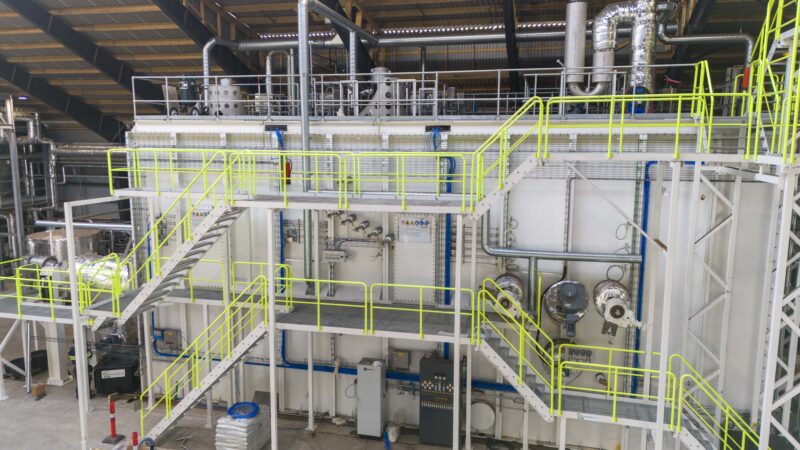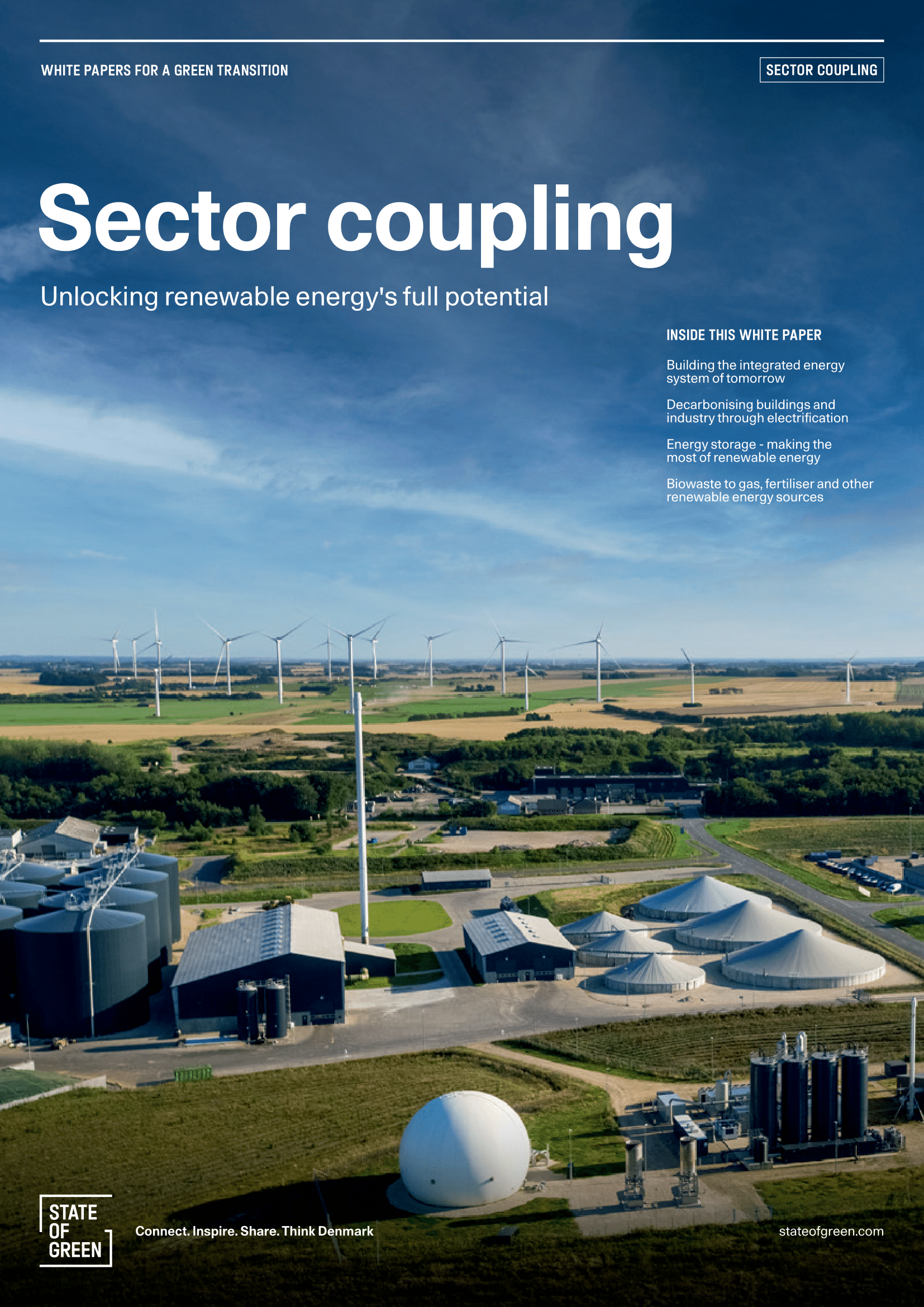Solution provider

As a leading partner in electro-mechanical systems we help our customers bring down costs and optimise performance of renewables.
Case
Sector coupling
Biogas
Biomass
+2


As a leading partner in electro-mechanical systems we help our customers bring down costs and optimise performance of renewables.
Add the case to your visit request and let us know that you are interested in visiting Denmark
Photo credit: Stiesdal SkyClean
Leveraging state-of-the-art pyrolysis technology, biomass from the farming sector can be transformed into valuable carbon capture and energy production, while simultaneously supporting circularity in the continued production of food and feed.
The agricultural sector is in dire need of green solutions to reduce greenhouse gas emissions. While other sectors can transition through electrification, the agricultural sector requires additional innovative approaches. While Danish agricultural practices aim to reduce greenhouse gas emissions from production, some emissions remain challenging to abate.
Currently, large volumes of agricultural residues are left unused, leading to emissions as they decompose.
At Agri Energy Vraa, Stiesdal SkyClean demonstrates how residue fibres from the co-located biogas plant are turned into biochar and heat via pyrolysis. Fibres are separated from the degassed slurry and used as feedstock in the pyrolysis process. The pyrolysis process decomposes any trace of pathogenic elements, hormones, pesticides, microplastics and other unwanted substances from the feedstock. Subsequently, biochar is distributed onto agricultural fields, supporting circularity of nutrients and acting as an irreversibly stored carbon sink that further reduces nitrogen emissions from the field to the aquatic environment.
The pyrolysis gas is combusted to generate steam for a pressurised drying process. By condensing the process steam, energy is released to supply the biogas upgrading facility of the biogas plant. This significantly reduces the fossil energy consumption of the biogas plant and improves the greenhouse gas footprint of the biomethane production.

Discover the hidden potential of sector coupling in this white paper, offering valuable insights and practical solutions that can inspire and guide global efforts towards a green and sustainable transition.
Explore the publication